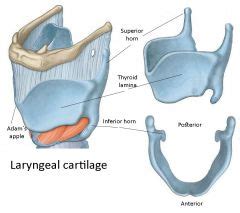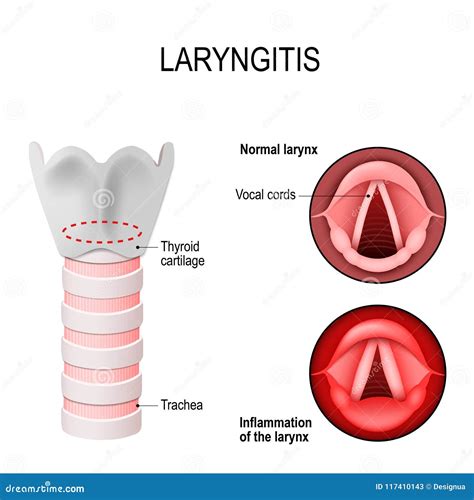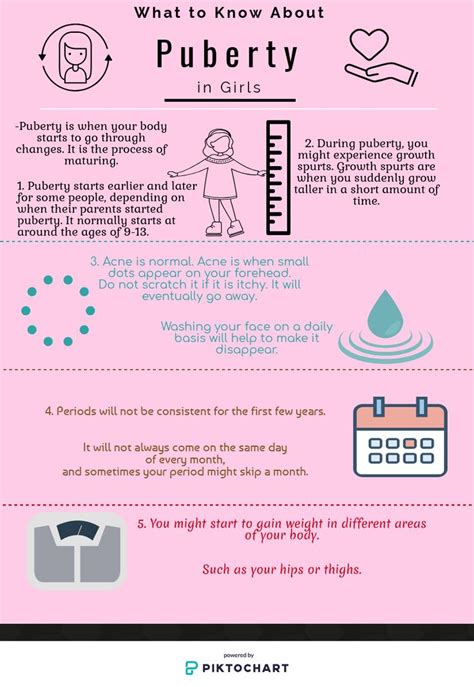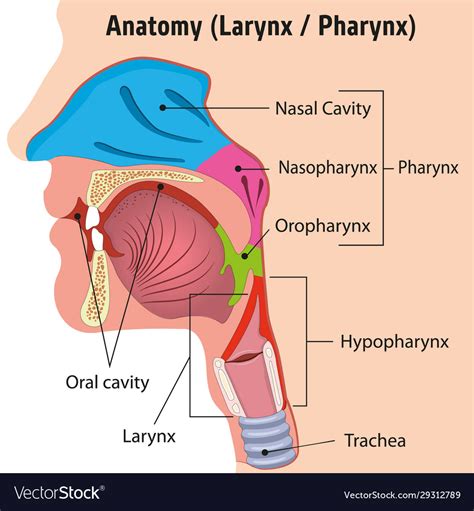Understanding the Adam’s Apple: A Gateway to Voice and Protection
Often a visible and palpable feature on the human neck, particularly in men, the laryngeal prominence – universally known as the Adam’s apple – is more than just a superficial bump. This distinctive anatomical characteristic plays a crucial physiological role, primarily associated with the larynx and its vital functions.

Anatomical Structure and Function
At its core, the Adam’s apple is formed by the anterior part of the thyroid cartilage, the largest of the nine cartilages that make up the larynx, or voice box. The larynx itself is a complex organ located in the neck, responsible for breathing, sound production (phonation), and protecting the trachea from aspirated food. The thyroid cartilage forms the front and sides of the larynx, creating a protective shield for the delicate structures within, including the vocal cords.
This cartilage is composed of hyaline cartilage, which ossifies (hardens) with age. Its two laminae (plates) meet at an angle anteriorly, forming the prominence. The angle at which these two plates meet dictates the degree of prominence; a sharper angle results in a more noticeable protrusion.
Role in Voice Production and Pitch
The primary physiological role of the thyroid cartilage, and thus the Adam’s apple, is its integral involvement in voice production. Within the larynx, the vocal cords (vocal folds) are stretched across the laryngeal cavity, attached to various cartilages, including the thyroid cartilage. As air passes through the vocal cords, they vibrate, producing sound. The tension, length, and mass of these vocal cords, influenced by the surrounding cartilages and muscles, determine the pitch and quality of the voice.
During puberty, especially in males, the larynx undergoes significant growth due to the influence of hormones like testosterone. This growth causes the thyroid cartilage to enlarge and the angle of its laminae to become more acute, leading to the pronounced Adam’s apple. Concurrently, the vocal cords lengthen and thicken, resulting in a deeper voice. This change is commonly referred to as the “voice breaking” period.

Protection of the Airway
Beyond voice, the thyroid cartilage serves a vital protective function. It acts as a strong, bony-like shield for the larynx’s delicate internal structures, including the vocal cords and the glottis (the opening between the vocal cords). This protection is crucial as the larynx is a gateway to the trachea (windpipe) and lungs. It helps prevent foreign objects from entering the airway during swallowing, working in conjunction with the epiglottis, which covers the laryngeal opening during deglutition.

Why It’s More Prominent in Men
The noticeable difference in Adam’s apple prominence between sexes is primarily a secondary sexual characteristic driven by hormonal changes during puberty. In males, the surge in testosterone levels triggers a more significant growth spurt of the larynx and its cartilages, particularly the thyroid cartilage. This results in a larger laryngeal framework and a sharper angle where the thyroid laminae meet, leading to a more outwardly projecting Adam’s apple.
While females also experience laryngeal growth during puberty, it is typically less extensive, and the angle of their thyroid cartilage remains wider, leading to a less pronounced, or often unnoticeable, Adam’s apple. Both sexes possess a thyroid cartilage and thus a laryngeal prominence, but its visual manifestation differs significantly due to these hormonal influences.

Developmental Stages
The larynx and its associated cartilages develop prenatally. However, the dramatic changes that result in the Adam’s apple’s prominence occur during adolescence. This developmental phase is crucial for the maturation of the voice, allowing males to achieve a lower vocal range suitable for adult communication. The entire structure adapts not just for phonation but also for efficient respiration and airway protection throughout adult life.

Conclusion
The Adam’s apple, or laryngeal prominence, is a fascinating and functional anatomical feature. Far from being a mere aesthetic characteristic, it is a crucial component of the larynx, providing vital protection for the vocal cords and playing a central role in the mechanics of human voice production. Its greater visibility in men serves as a clear indicator of the profound physiological changes induced by puberty, underscoring its importance in both communication and fundamental bodily protection.




